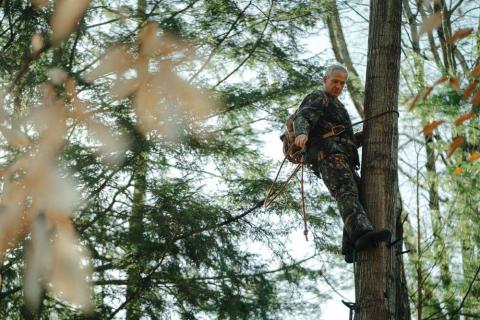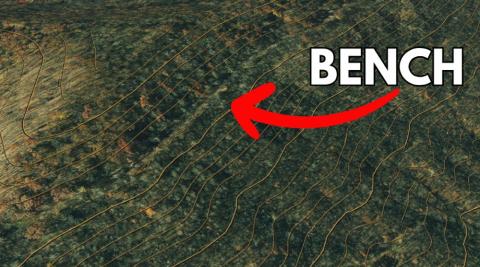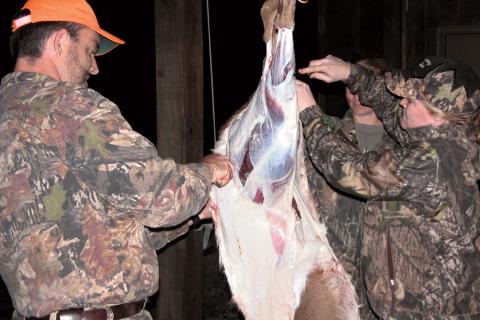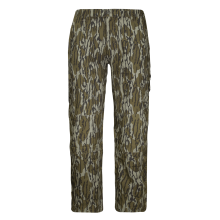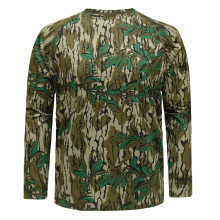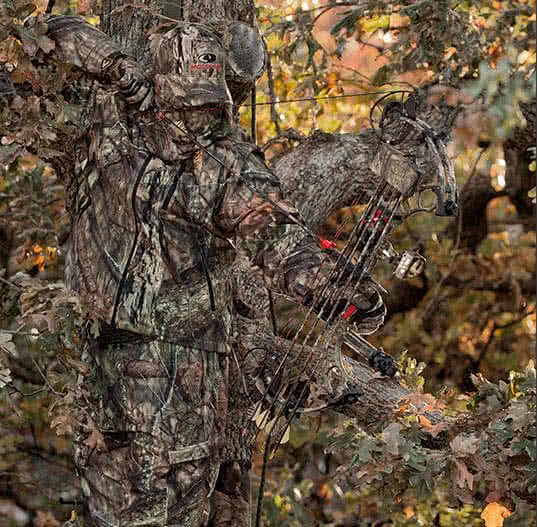Mark Fike
Mention going fishing for catfish and anglers immediately think of sinkers and bottom rigs. Try using a float for catfish and see some surprising results.
Whether you fish in a tidal river or not, any moving water is prime for a different approach for catching your next meal of catfish. Instead of using sinkers and sitting in one spot to wait for Mr. Whiskers, trying drifting your bait under a float. The action is often faster, more water is covered and for those of us that like to keep our attention constantly focused on something, floating for catfish is the new way to catch a stringer or cooler full of supper. To keep all of your gear safe while you're out on the water, this Plano x Mossy Oak Bottomland tackle bag from Walmart is exactly what you're looking for.

When and Where to Float the Bait
I usually fish a tidal river, but the method will work in any moving water. Most of my fish are caught in less than eight feet of water and often less than four feet of water!
There are several keys to being successful fishing with floats for catfish. First, fish early and late in the day. Once the sun gets high and the temperatures rise with the sun, the fishing in the shallows with floats turns off like a switch. Rainy or overcast days are the best if you want to fish outside of the first few or last few hours of the day.
Second, fish near the shoreline in water less than eight feet deep, but set your float and hook so that it is closer to the bottom than the top. So, if you are fishing in water that is only three feet deep, set the bait 18 inches below the float or maybe a tad more. Fish in areas where there is a lot of bait movement and I like to fish over flats with structure, such as blowdowns, logs, rocks or other debris nearby.
Third, fish when the water is moving steadily. For those of us that fish in tidal water, this means slack tide is snack time for the humans, not really the fish. When the tide is moving hard, the baitfish are forced to move, meaning the dinner bell rang for the fish we want to eat. If you fish a non-tidal river, the water is always moving.
The Setup and Technique for Floating Bait for Catfish

The setup is simple. Put a float on your line 18 inches to 2 feet above the hook to start with until you get used to casting anything deeper. I use a #2 or #4 hook for eating size fish. If you want to target larger fish, use a bigger hook and bigger bait. A slip bobber rig would also work but be sure to set it so it will not drag the bottom. Bait the hook with a chunk of cut shad, eel, shrimp or live bream or jumbo minnows and cast it upstream or uptide. I like to let my boat float along with the current while making slight adjustments with an electric motor to keep my position near structure or the shoreline in the proper depths.
When casting, leave the bail or reel with an open spool so the bait can float naturally with the current. Let it get as much as 100 feet away, sometimes more while watching the float. A large stick float works great because it offers the least resistance when a catfish takes it and does not alert them as much. Any float will work though.
When the float starts to move or dance or it simply disappears, close the reel or spool and begin taking up any slack line while watching the line tension. When the line is tight enough and the fish is felt, set the hook unless you are using circle hooks. Fish on!
Once the line gets out far, reel it in and cast again. If letting the boat float as you float fish turns out to be a lot to compute or keep up with, ease an anchor overboard and cast your bait upstream and watch it go down past you. Keep the slack out of the line as much as possible without reeling the bait in towards you. Once the line gets tight, allow the bait to continue downstream for as long as you can comfortably see it. Then reel the bait in and repeat as necessary. Do not stay in any area for more than twenty or thirty minutes unless you are catching fish. Two people that watch their lines carefully can fish together with no problem.
The learning curve regarding fishing in this manner is taking up the slack in the line BEFORE setting the hook. Often when you are freelining the bait out, the line will go out faster than the float and a bow or arc of sorts forms in the line. Watch the slack in the line and take it up fully and quickly before trying to set the hook. I tell those I am teaching this technique to wait until you can feel the fish throbbing on the line and then set the hook quickly.
There is one more thing that must be said. Some anglers don’t freeline their bait but click or lock down their reels. When the float stops, the bait floats to the top of the water. Often anglers won’t see it and realize what is going on, so they get frustrated wondering why they are not getting bites. Let the float do its thing---float!
Read More: How to Catch Catfish with Yo-Yo's
A Variation of this Method
Another twist is to not use the float at all but use a small split shot to get the bait down some but not on the bottom. Again, freeline the bait and let it go out naturally. Pay attention to the line. When the line starts moving cross tide or up tide or peeling out fast, you have a customer, and it is time to lock the reel down and set the hook!
If you are looking to catch some eating size catfish, give these tips a try on your favorite river and see if they work for you. If bigger is better, then be sure to upsize your “value menu” with some large bait and the appropriate hook and float to get the job done. Good fishing!












